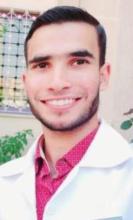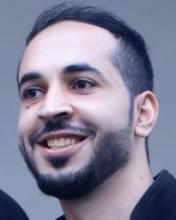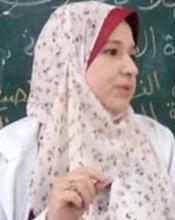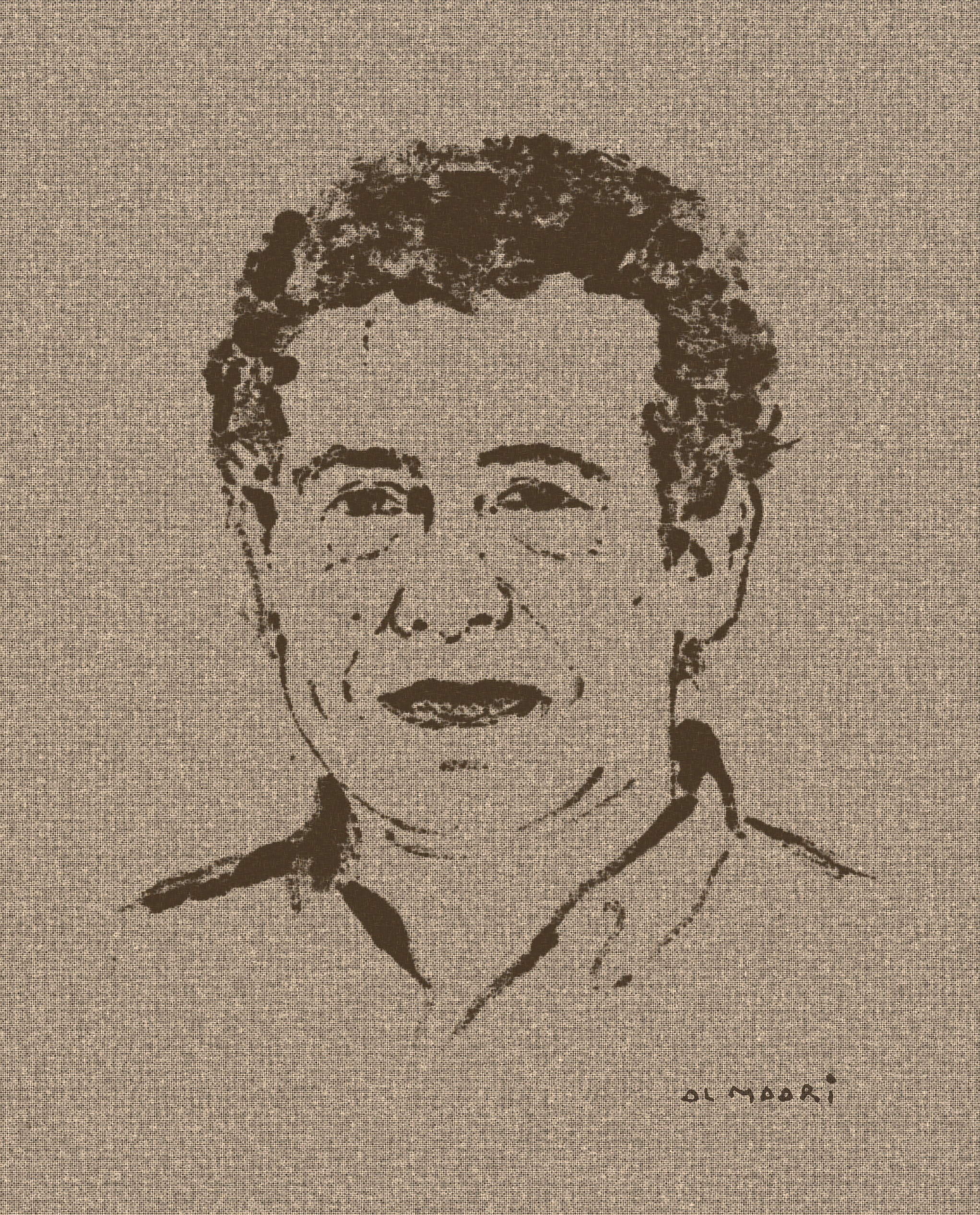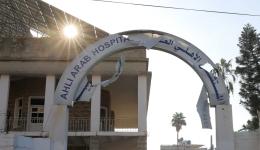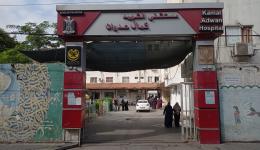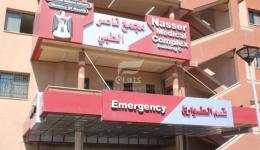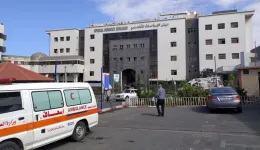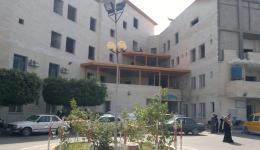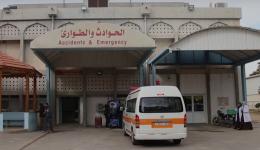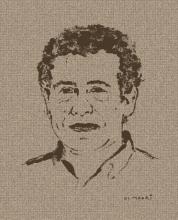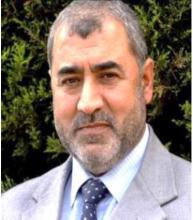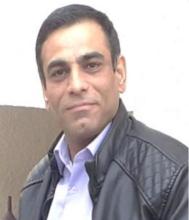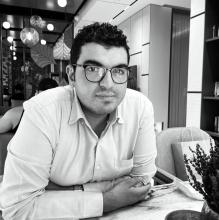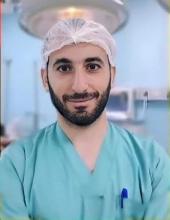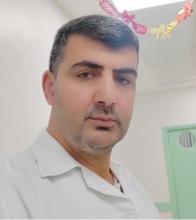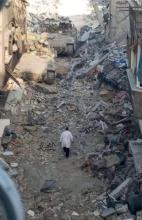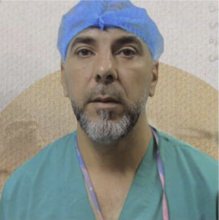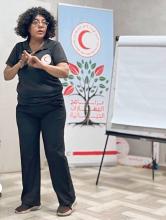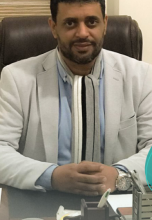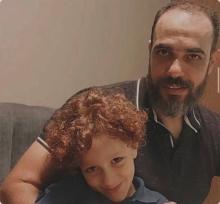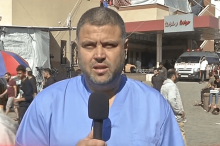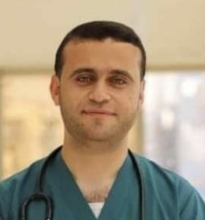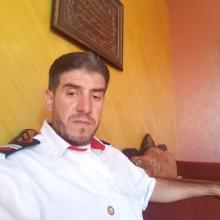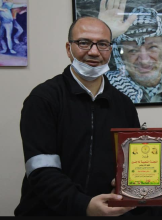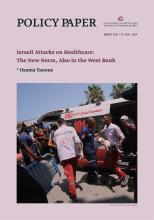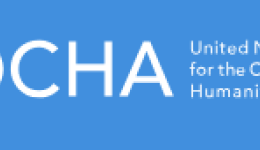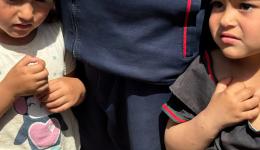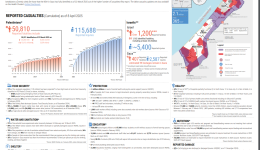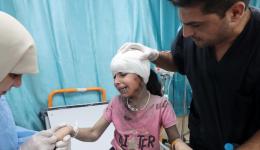Married father of two. Held a master's degree in orthodontics from the Jordan University of Science and Technology. Worked in his private clinic, "Expert dentistry clinic"
About the Platform
The platform "Documenting the Targeting and Destruction of the Health Sector in the Gaza Strip" presents accurate and detailed information about the Israeli assault on health during the genocidal war. This includes data on the attacks on healthcare facilities and health workers who have been killed, abducted, tortured, and maimed by Israeli forces during the genocide, and relevant statements by international organizations and healthcare institutions. These are complemented by original analysis by researchers and authors covering a range of issues in the targeting of the health sector, through which Israeli occupation forces have created a "war biosphere". Read more
Explore the sections
Occupation
Dentist
Occupation
Dentist
Key events
Occupation
Dentist
Key events
Occupation
Dentist
Pagination
Key statistics - April, 10 2025
source
Palestinian Ministry of Health / Gaza
Health workforce targeted
-
Health Sector martyers1172
-
Martyred doctors115
-
Martyred nurses290
-
Health workers martyred in detention4
-
Health sector detainees181
-
Health sector freed detainees199
Note: Cumulative figures as confirmed from multiple sources until the stated date
source
Institute for Palestine Studies
Hospital Functionality
-
Fully functional hospitals0
-
Partially functional hospitals22
-
Non-functioning hospitals14
source
Health Cluster
Medicines and Equipments
-
Medical Disposables at Zero Stock59%
-
Essential Medicines at Zero Stock37%
-
Cancer Medicines at Zero Stock54%
-
Diabetes Patients with Unavailable Medicines80,000
-
Hypertension Patients with Unavailable Medicines110,000
source
Palestinian Ministry of Health / Gaza
Attacks on Health Care
-
Completely destroyed hospitals9
-
Partially destroyed hospitals25
-
Mass graves in hospitals7
-
Ambulances targeted115
source
Institute for Palestine Studies
Health Impact
-
Deaths due to famine52
-
Deaths due to extreme cold17
-
Cases of infectious diseases2136026
-
Patients needing evacuation abroad22000
-
Deaths while waiting to travel for medical treatment350
Note: Cumulative figures until the stated date, so each person may suffer from an infectious disease multiple times during the genocide
source
Palestinian Ministry of Health / Gaza
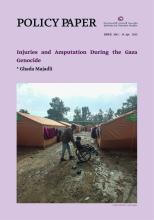
Ghada Majadli

Jasbir Puar
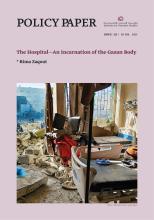
Rima Zaqout
United Nations Office for the Coordination of Humanitarian Affairs (OCHA)
United Nations Office for the Coordination of Humanitarian Affairs (OCHA)
United Nations Office for the Coordination of Humanitarian Affairs (OCHA)
Related blogs
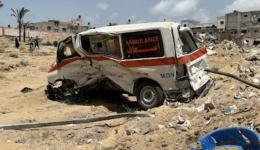
Marah Abdel Jaber, Abeerah Muhammad
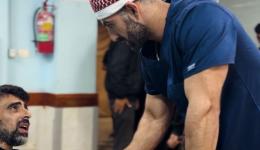
Susan Aboeid, Dr. Ali Elaydi


